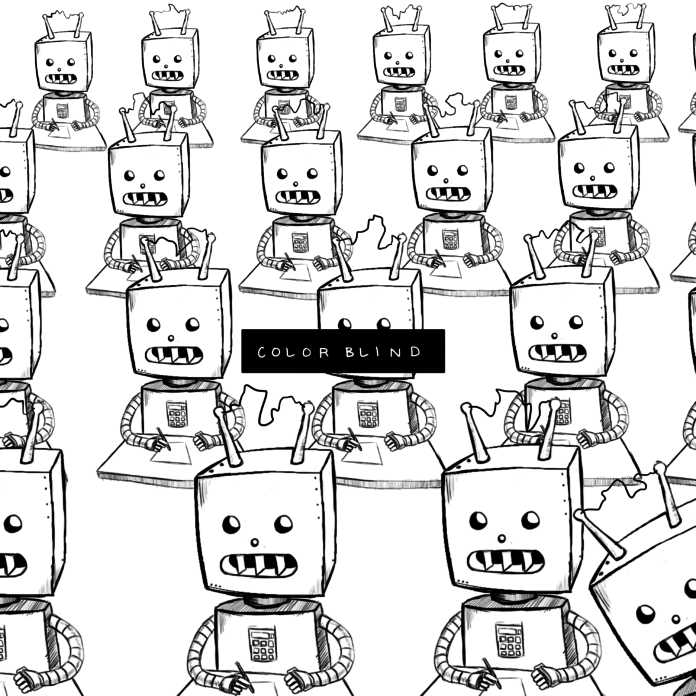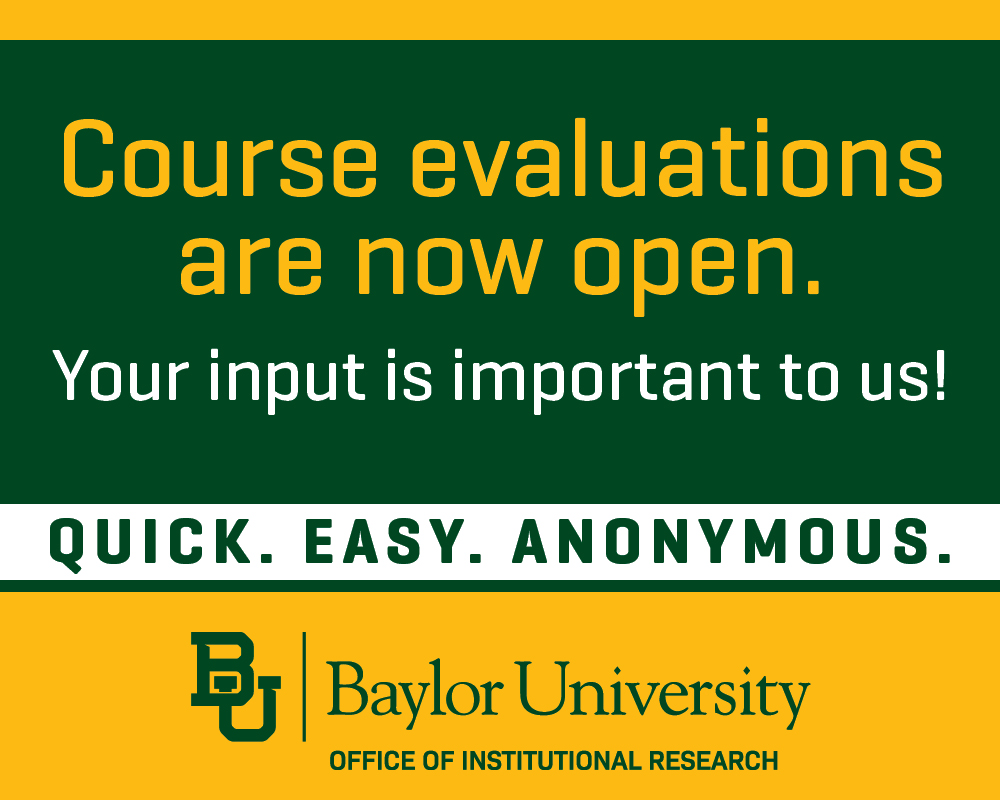When we think back to some of our earliest and most influential role models, thoughts of kind-hearted teachers often come to mind. After all, as students, we saw our teachers almost every day while building connections with them based on mutual trust and respect. It’s no question whether teachers play an integral role in the lives of their students. Because of the formative role teachers play in the lives of their students, it’s clear that the job of an educator is multifaceted. Teachers are often the first people students go to about problems they may be having.
In the current sociopolitical climate, with deep partisanship leading to many subcultures of American society feeling misrepresented, it’s important to remember adults aren’t the only ones affected by this divide. As early as elementary school, students can begin to see differences between themselves and their classmates, some based on race, gender and faith. The key then, is not to ignore diversity and pretend to be colorblind in the classroom with hopes of eliminating potential factions and prejudices from arising. Rather, teachers should foster a safe environment that celebrates difference and diversity.
Dr. Lakia M. Scott, assistant professor in the department of curriculum and instruction, teaches a course at Baylor called “Social Issues in Education” in which undergraduate education students study issues in diversity and relate them back to the classroom in order to better understand conflict. The class gives students a holistic view of diversity and difference and provides resources for addressing these potential conflicts among students.
“In my class, we talk a lot about this idea of promoting a safe environment by recognizing and embracing difference,” Scott said. “We want [teachers] to be able to be ok with understanding that students are coming from different backgrounds.”
Although it may seem like a good idea, Scott explains, trying to have a colorblind classroom can prevent the teacher from recognizing and acknowledging some impediments students may have because of their background or social identity.
By acknowledging and recognizing differences, a teacher can show that everyone is different and can promote a classroom that encourages and celebrates diversity rather than ignores it.
“It’s our job as teachers to empathize with students first and foremost,” Scott said. “It’s our responsibility to make sure our students feel comfortable coming to us.”
While the job description of a teacher may not seem to encompass counselor, educators often take on that imperative role in the lives of their students.
In Hong Kong, for example, teachers and counselors work together to be able to create a caring environment in which students can “grow and realize their potentials for whole-person development,” according to a study done by Susanna Wai Ching Lai-Yeung. Public schools like those in Hong Kong that adopt these whole-school guidance policies recognize that students feel more comfortable bringing up concerns to teachers they see every day rather than counselors, who generally take on more of an advising role in secondary schools.
In light of race and gender tensions, particularly at a time in U.S. politics where partisanship has created a deep divide, it can be tricky for teachers to empathize with students while simultaneously being objective. The best way to balance the two, Scott said, is to prioritize creating a safe space for learning and not allowing personal opinions to influence students to feel a certain way, but empowering them to cultivate their own awareness.
It’s important for teachers to recognize the integral role they play in not only providing a student with resources for succeeding on tests and in the classroom, but also to encourage them to explore their differences and embrace diversity in themselves and others.
In the words of Mustafa Kemal Atatürk, “A good teacher is like a candle – it consumes itself to light the way for others.”






